"This is a rez kid’s dream come true."
— Jourdan Bennett-Begaye (pictured above), Diné citizen of the Navajo Nation, on becoming the first woman to be made chief news executive of ICT News (formerly known as Indian Country Today)
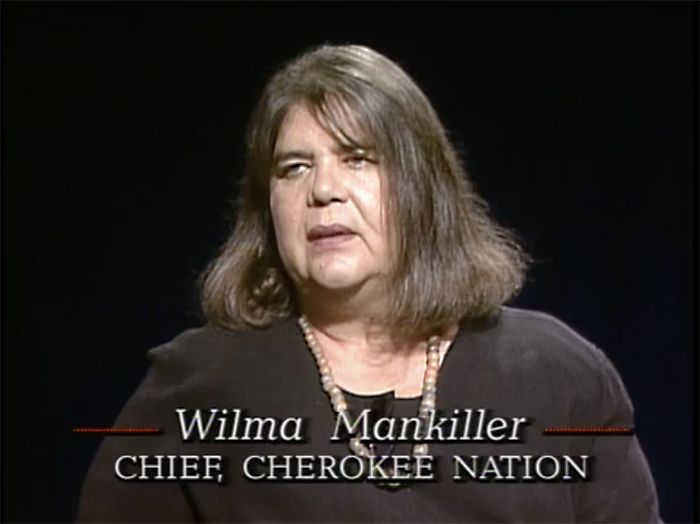
Wilma Mankiller on At Week’s End. New Mexico PBS KNME-TV. Albuquerque, N.M. American Archive
Essential Question
How did cultural biases affect the ways in which journalists in the US reported on Native American issues?
Overview
“The secret of our success is that we never, never give up.” — Wilma Mankiller, first female Principal Chief of the Cherokee Nation
Tribal sovereignty, the right to self-rule, is at the heart of American Indian culture and history. For more than five centuries, European colonizers and the US government have displaced and murdered Indigenous people and violated their right to sovereignty. From land back movements to the current debate over Native American sports mascots, American Indians continue to advocate for their inalienable rights.
Journalism in Action takes students through some of this important history through primary source analysis of late 18th century newspaper articles all the way to modern-day news outlets. Students will analyze how journalists covered historical events and the’ rights of American Indians and examine how journalists used the media as a tool to both discriminate against Native people and also to bring awareness to their struggles. Students will reflect on the meaning of tribal sovereignty in history, and what it means when not only people’s sovereignty, but also their survival, is threatened.
Context
Native Americans have lived in the Western Hemisphere for 15,000-20,000 years and have developed many different societies, from nomadic hunting groups to highly-planned city-states, from the Aztecs to the Osage. While scholars continue to develop understanding of the pre-Columbian world, we now know, for example, the Maya’s sophisticated knowledge in astronomy and mathematics.

“Iroquois Indians.” United States, ca. 1914. Photograph by William Drennant. Library of Congress
Since the invasion of European colonizers to the Americas around 1492, colonial powers systematically exterminated life, land, traditions, language, and cultures of Native Americans and conducted many acts of genocide.
Native American culture and the fight for sovereignty have shaped the creation of the United States itself and continue to shape American society. Much evidence suggests that the Haudenosaunee (Iroquois) Constitution influenced the draft of the American Constitution by European Americans, including Founding Fathers like Benjamin Franklin.
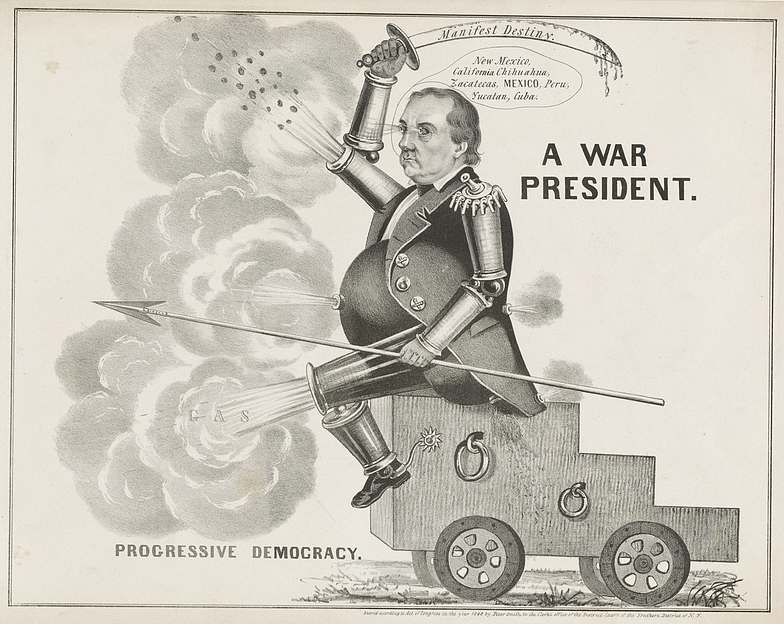
“A War President, Progressive Democracy” showed some of the press’s unfavorable attitude to expansionism. 1848. Library of Congress
After the ratification of the Constitution, settler-colonists continued to displace and murder American Indians to expand the territories of the United States westward. Newspaper editor and columnist John O’Sullivan wrote that it was America’s “manifest destiny” to expand across the continent in an essay published in 1845 in the United States Magazine and Democratic Review. The phrase took hold and facilitated a deterministic logic (the false belief that the displacement of Native Americans is necessary and unavoidable) for the settlers’ continued genocide of Native Americans.
The systematic extermination left fewer than 238,00 American Indians alive by the end of the 19th century compared to the estimated 5 million to 15 million living in North America when Columbus arrived in 1492.
Journalists
In 1928, Elias Boudinot (Gallegina) of the Cherokee Nation became the editor of the Cherokee Phoenix, the first American Indian newspaper in the United States, which provided a voice for Cherokee concerns and was an instrument for garnering support for Cherokee causes among its English-speaking readers.
In his more than four decades in journalism, Tim Giago, Oglala Lakota, founded seven American Indian newspapers and magazines, including the well-known Lakota Times which would later become Indian Country Today; it was one of the first to expose abuse in Indian boarding schools. Giago moved back to the Pine Ridge reservation to begin the Lakota Times, the first independently owned American Indian weekly newspaper.
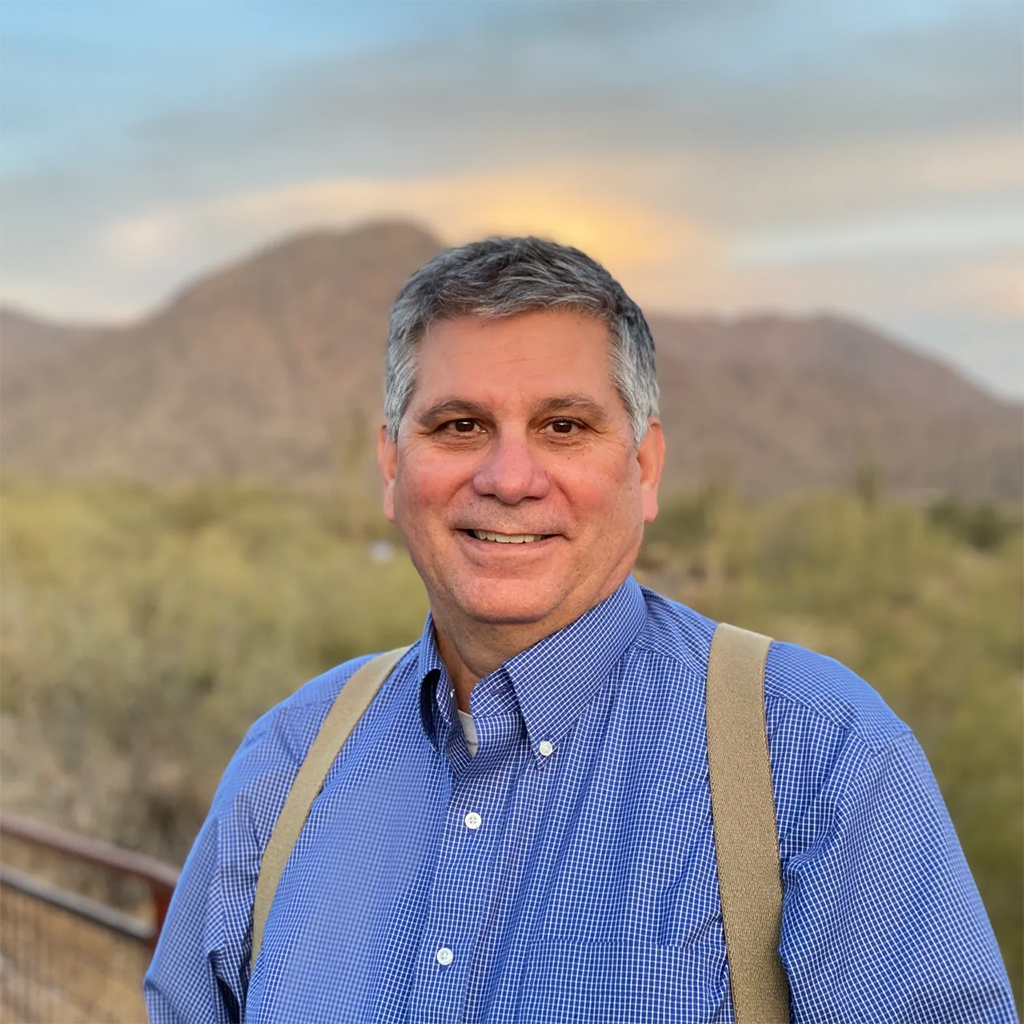
Journalist Mark Trahant. Courtesy of ICT News for educational purposes.
Award-winning veteran journalist Mark Trahant, Shoshone-Bannock Tribes, is the editor-at-large of ICT News. He has also worked as a journalism professor and journalist at a number of major newspapers winning several journalism awards. Trahant has been a reporter for PBS’s Frontline series.
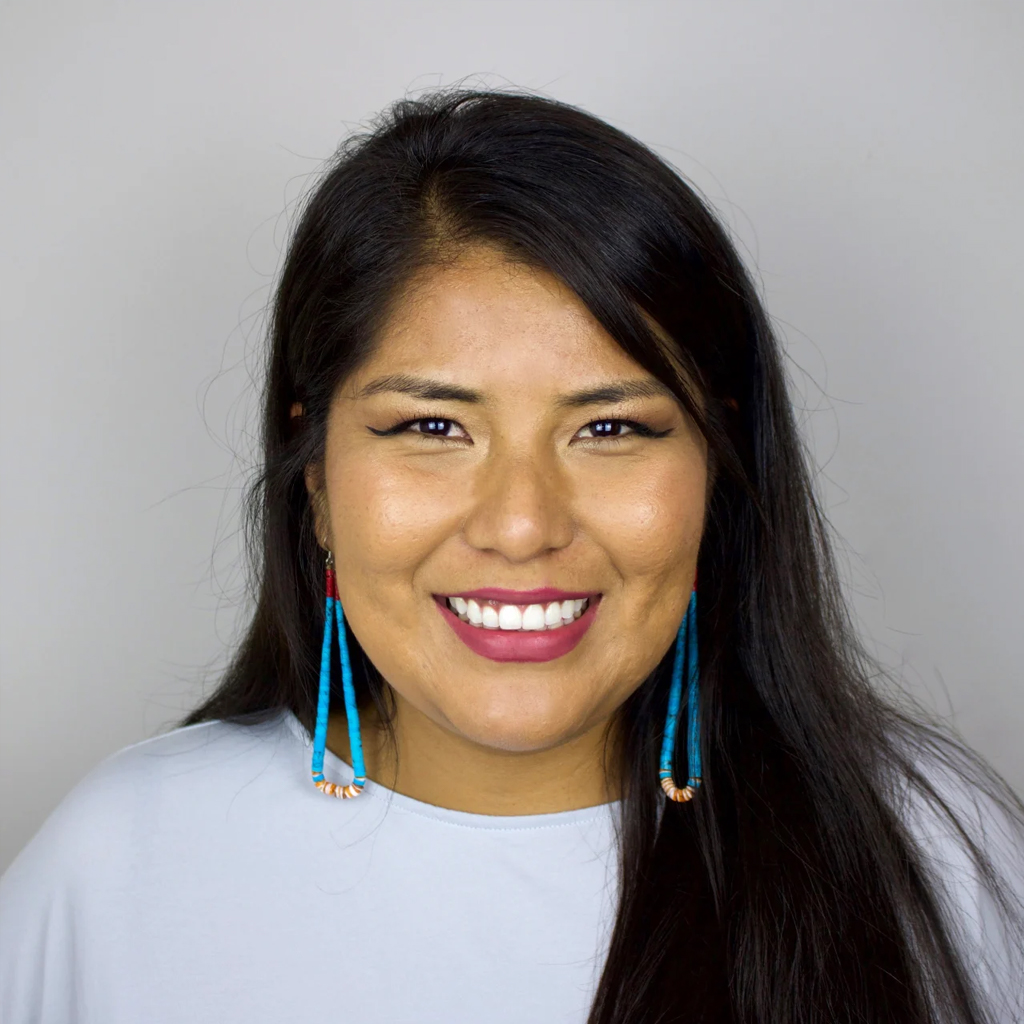
Journalist Jourdan Bennett-Begaye. Courtesy of ICT News for educational purposes.
Jourdan Bennett-Begaye, Diné citizen of the Navajo Nation, is the first woman to be the chief news executive for ICT News. She is a board member of the Native American Journalists Association.
Discuss the following questions:
- Why is it so important that Jourdan Bennett-Begaye, a citizen of the Navajo Nation and a woman, is the chief news executive for ICT News? What impact do you think her being in that position will have on ICT’s reporting?
- Why do you think so few major news media outlets report on the lives, struggles and achievements of Native People?
News Format
Histories and important events in many American Indian communities were and continue to be passed down from generation to generation through spoken word, known as oral traditions. Oral traditions are a form of shared history, historical knowledge, and historical memory.

An account of the development of an alphabet for the Cherokee language in the New-York Tribune. Sept. 12, 1897. Library of Congress
Written records existed in several nations and civilizations throughout the Americas, like Maya and Aztecs, but much was destroyed by the Spaniards and other Europeans. A long history of oral traditions ensured Indigenous people communicated news events with one another and over time.
By 1828, Elias Boudinot (Gallegina Uwati) of the Cherokee Nation became the editor of the Cherokee Phoenix, the nation's first newspaper to be published in Cherokee and English.
Americans committed constant atrocities against American Indians, such as the Wounded Knee Massacre. While some non-American Indian run newspapers such as the Washington Herald reported on atrocities committed against American Indians, more typical coverage in US newspapers pushed the narrative that European colonizers were “helping” American Indians through assimilation into European culture and traditions.
In the 1960s and 1970s, radio broadcasts such as Radio Free Alcatraz and college radio stations such as this broadcast from the University of Maryland featuring young Iroquois provided American Indians with another way to make their causes known.
Although television was a go-to source for news and information from the 1960s until the internet became readily accessible to many people, most major TV stations didn’t regularly cover news stories about American Indians.
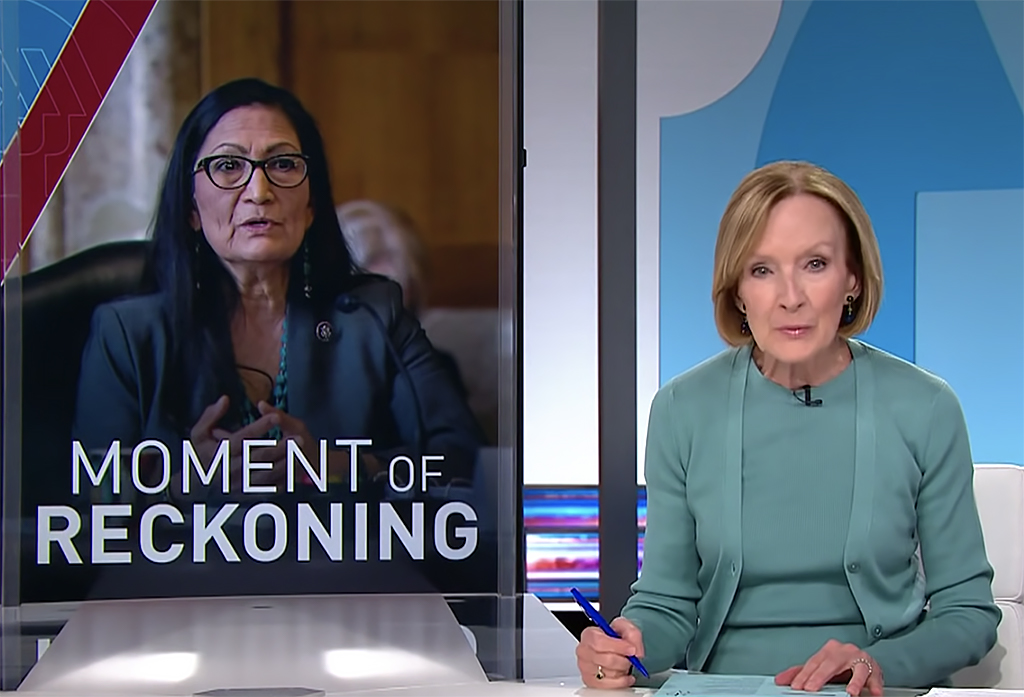
Still from the PBS NewsHour segment, “Sec. Haaland on healing from the indoctrination, dehumanization at Indian boarding schools,” Jul. 16, 2021. Courtesy of WETA/PBS NewsHour for educational purposes.
Major newspapers, network and cable TV stations, and public media organizations like the PBS NewsHour have increased their reporting on issues that face Native Americans, including the Department of the Interior's investigative report that exposed the brutality committed upon American Indian children during the boarding school era.
Internet news sources, such as ICT News and National Native News as well as educational resources like American Archive of Public Broadcasting provide crucial resources and flow of information about American Indian histories, current events, and social justice movements that were previously inaccessible or less easily accessible to the general public.
Discuss the following questions:
- How did hiring Native American newspaper editors help to shape and further the Native American civil rights movement?
- What are some ways you think journalists can address their biases?
Media's Role in Furthering Desire for Conquest
Most American journalists showed heavy bias in favor of “westward expansion” and settler-colonialism by writing stories mythologizing cavalrymen like General Custer and the Indian Wars.
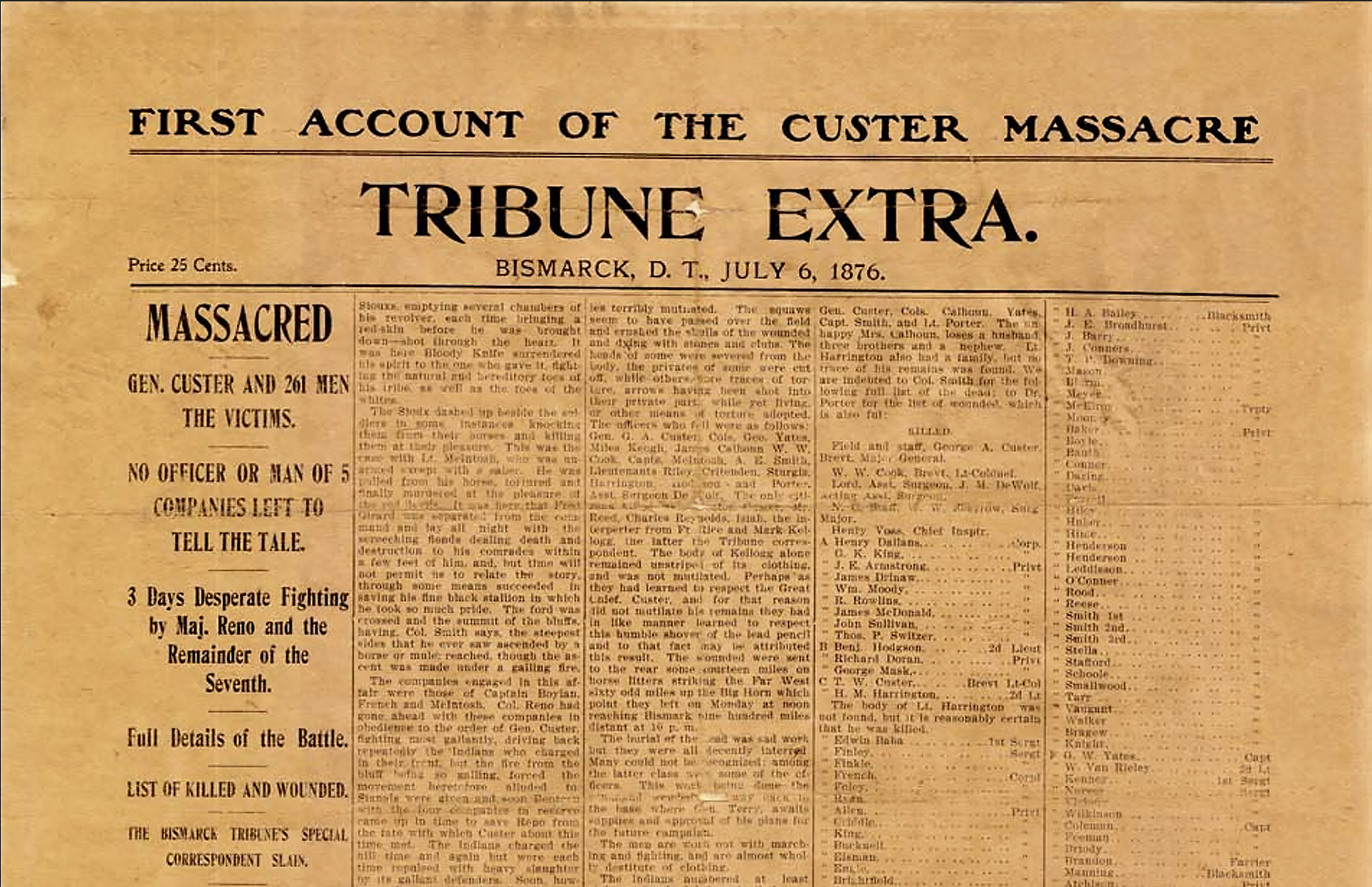
“First Account of the Custer Massacre.” Bismarck Tribune, Tribune Extra. North Dakota. July 6, 1876. Courtesy of the North Dakota State Government.
Not long after the Battle of the Little Bighorn, the Ghost Dance movement united many separate American Indian peoples under the belief that the spirits of ancestors would help end westward expansion by the US government.
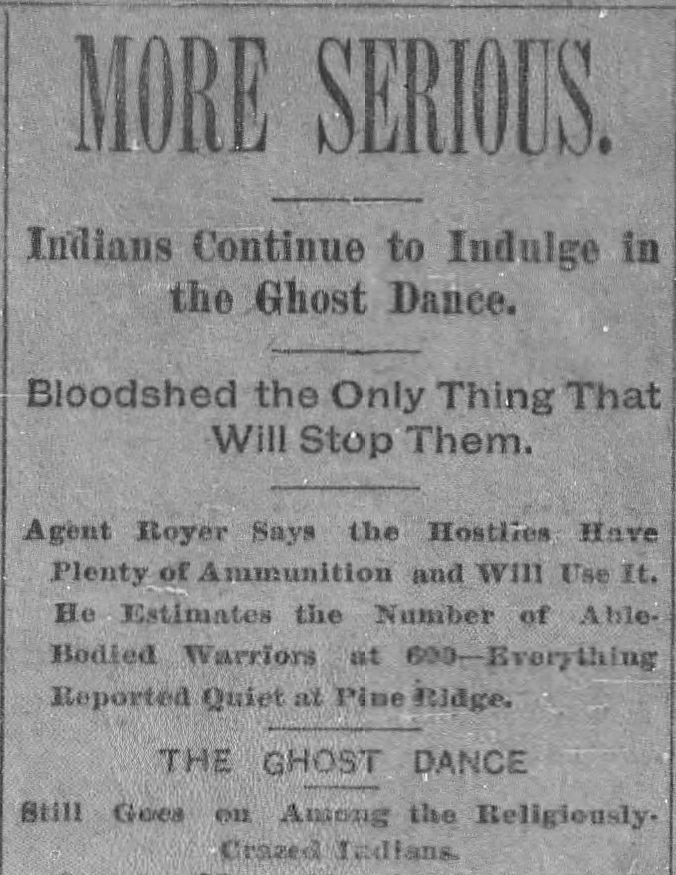
Many news items instilled fear of violence leading up to what would be called the Massacre at Wounded Knee. Daily tobacco leaf-chronicle, Clarksville, Tenn. Nov. 22, 1890. Library of Congress.

The violence at Pine Ridge would be portrayed in news articles as a massacre not long after the event itself. The Washington Herald, April 21, 1912. Library of Congress
Social History is History
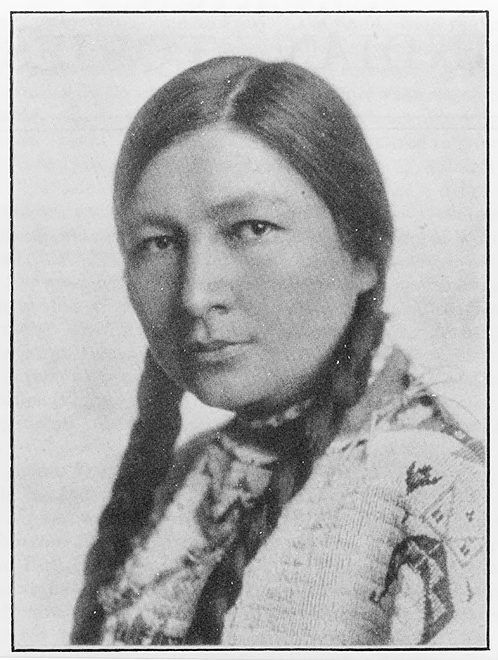
Portrait of Zitkála-Šá (also known as Gertrude Bonnin) (1876–1938). Frontispiece in American Indian Stories. Lincoln and London: University of Nebraska Press, 1985, reprint of 1921 edition. General Collections, Library of Congress
In 2022, traditional news outlets took one of its first steps reporting on the history of boarding schools in the US, after decades of Native American advocacy that led to the Department of the Interior’s investigative report and Sec. Deb Haaland’s testimony.
Native activists gained the media’s attention through their hard fought work to expose actions by the government-run Indian Health Services who performed sterilizations (a procedure that removes reproductive capacity) on thousands of American Indian women without their prior consent or understanding in the 1960s and 70s.
Until 1924, American Indians were still not considered US citizens, and therefore did not have the right to vote. Zitkala-Sa (Red Bird), was an activist who supported women’s rights and the 1924 Indian Citizenship Act, which gave American Indians the right to vote in the United States. However, even decades after the Indian Citizenship Act was passed, many states still prohibited American Indians from voting.
From the 1870s to the 1960s, fueled by the incorrect belief that American Indians needed to be civilized by coercive education, nearly 300 boarding schools, many government-run, operated around the country. Indigenous children in the United States were taken from their families and forced into boarding schools. Native languages, religion, and customs were forbidden.
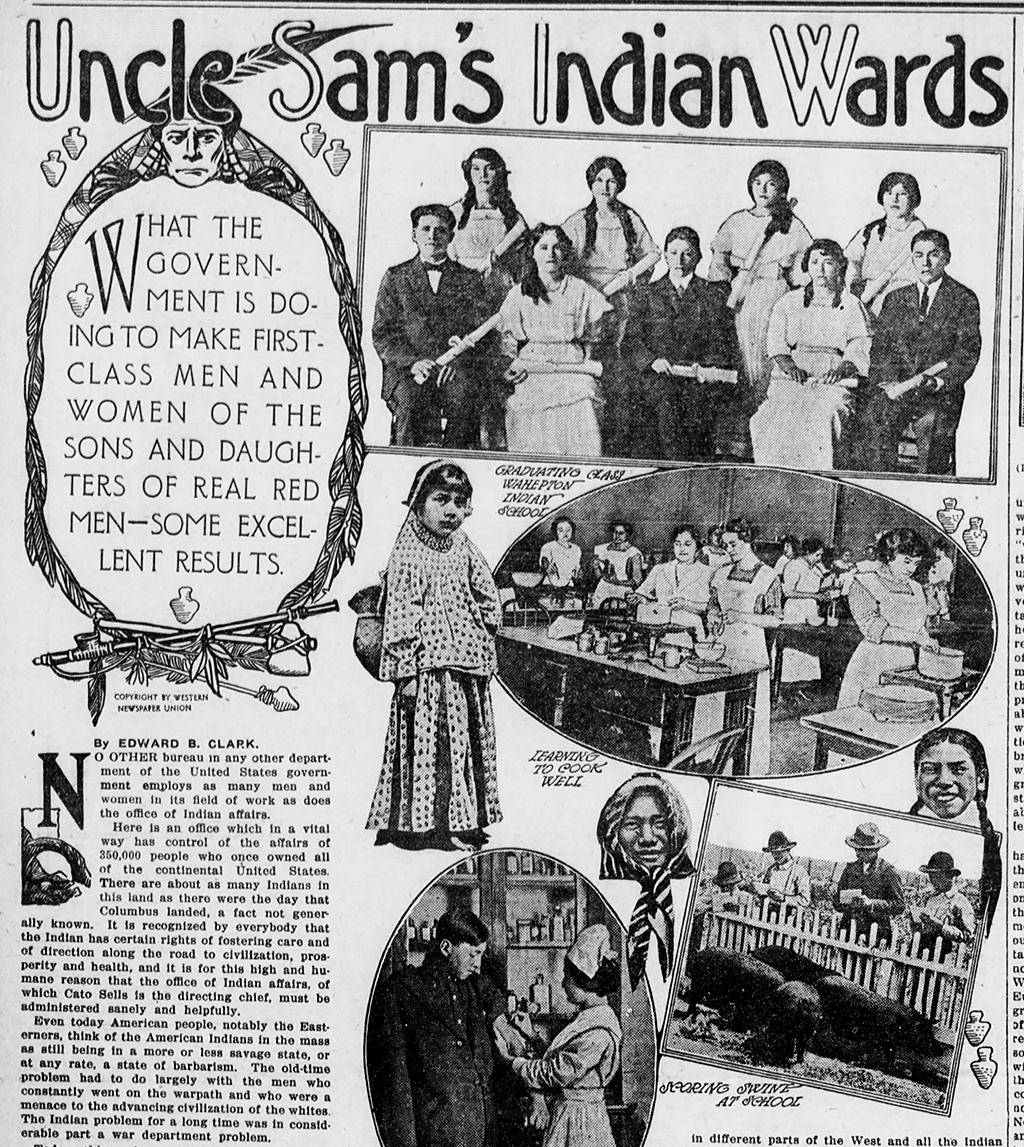
The North Platte Semi-Weekly Tribune. February 25, 1916. Library of Congress

Advocates push to remove Native American mascots from sports teams, including Washington, DC’s football team, December 8, 2019. Image courtesy of Wisconsin Public Radio for educational purposes.
Discuss the following questions:
- What role and responsibility do journalists have right now in covering ongoing efforts by Native Americans to achieve equity (fairness and justice)?
- What solutions in which the civil liberties (rights or freedoms guaranteed by the US Constitution) of Native Americans are upheld do you think are possible? Come up with at least one solution for at least one of the issues presented in this case study.
